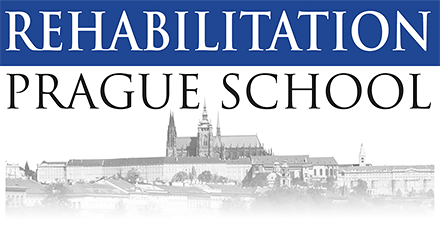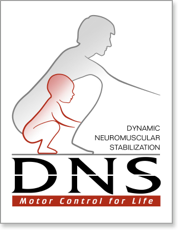April 5 - 7, 2019
3 - Day Course |
|
TIFAR Education Center (TEC) |
Instructor
Petr Bitnar, MPT
Course Payment and Organization
Kenny Hsiao
Taiwan Institute of FAscia Research (TIFAR)
www.fascia.com.twtifarhsiao@gmail.com
+886-4-2203-4999
Cell phone: +886-93532499
Complex Therapy for Trigger Points and Global Reciprocal Muscles
Introductory lecture:
a) Pathophysiology of TrPs
b) Clinical manifestations of TrPs
c) Basic chains of TrPs
d) Palpation and assessment of TrPs
e) Treatment of TrPs with a closer look at utilization of global reciprocal inhibition
Practical session:
Day 1:
a) Assessment and palpation of TrPs
b) Local twitch response and its importance during functional assessment
c) Utilization of Global reciprocal inhibition in the treatment of TrPs
d) Joint blocks and their correlation to TrPs formation
e) Visceral binding and TrPs
f) TrPs and headaches – Overview of clinically significant TrPs, their interconnections and treatment using global reciprocal inhibition
Day 2:
a) Cervicocranial and cervical syndromes. Clinically significant TrPs, their palpation, postural and visceral connections and therapy using global reciprocal inhibition.
b) Cervicobrachial syndrome and painful shoulder syndrome. Clinically significant TrPs, their palpation, postural and visceral connections and therapy using global reciprocal inhibition.
c) Pain in the thorax, breathing problems and functional limitations of the diaphragm. Clinically significant TrPs, their palpation, postural and visceral connections and therapy using global reciprocal inhibition.
d) Functional abdominal pain, dysmenorrhea, prostatodynia and painful defecation. Clinically significant TrPs, their palpation, postural and visceral connections and therapy using global reciprocal inhibition.
Day 3:
a) Low back pain syndrome. Clinically significant TrPs, their palpation, postural and visceral connections and therapy using global reciprocal inhibition.
b) Knee pain syndrome. Clinically significant TrPs, their palpation, postural and visceral connections and therapy using global reciprocal inhibition.
c) Distal lower extremity pain syndrome. Clinically significant TrPs, their palpation, postural and visceral connections and therapy using global reciprocal inhibition.
Course annotation:
The course introduces the concept of TrPs which are the basic clinical units of myofascial pain syndrome. TrPs chain formation and clinical manifestations of the most common TrPs will be presented. The course emphasizes the importance of palpation, the so called “snapping across fibers” and the use of the resulting localized twitch response in the diagnosis of a functional chain formation. TrPs are an interesting clinical feature in rehabilitation because the pain they elicit is always referred and makes diagnosing more challenging. Furthermore, TrPs have a tendency to form chains and heighten one another’s activity. Many descriptions of TrP chains exist. This course, however, demonstrates how to simply identify such chains without complex learning of TrP maps and how to use such chains effectively during treatment. The course also describes the connections of TrPs to fascial adhesions, joint blocks and especially visceral irritation. The major part of the course focuses on the use of global reciprocal inhibition in the treatment of TrPs. This is a technique that combines TrP chains and developmental kinesiology. The treatment principle for a selected TrP is based on the inhibition of the entire postural stabilization chain. This is accomplished by setting an attitude (initial position) and using positions that correspond to the key stages of human developmental kinesiology. Stimulation is done by using movement in such a fashion that the selected TrP is part of an antagonistic pattern that is inhibited by this global reaction (known as global reciprocal inhibition). This technique is simple and safe. It works not only at a local level at the myofascial component of the TrPs but also includes the protective pattern, the CNS, encompassing the changed reactivity and motor control, therefore, again the CNS.
Within this course, the student will be introduced basic clinical TrPs and essential pain syndromes in which TrPs have primary and dominant role. Then, each TrP will be analyzed in detail including clinical presentation, interconnections, localized treatment as well as treatment using global reciprocal inhibition. The course is intended for clinical specialists who treat functional pain syndromes in their practice.

